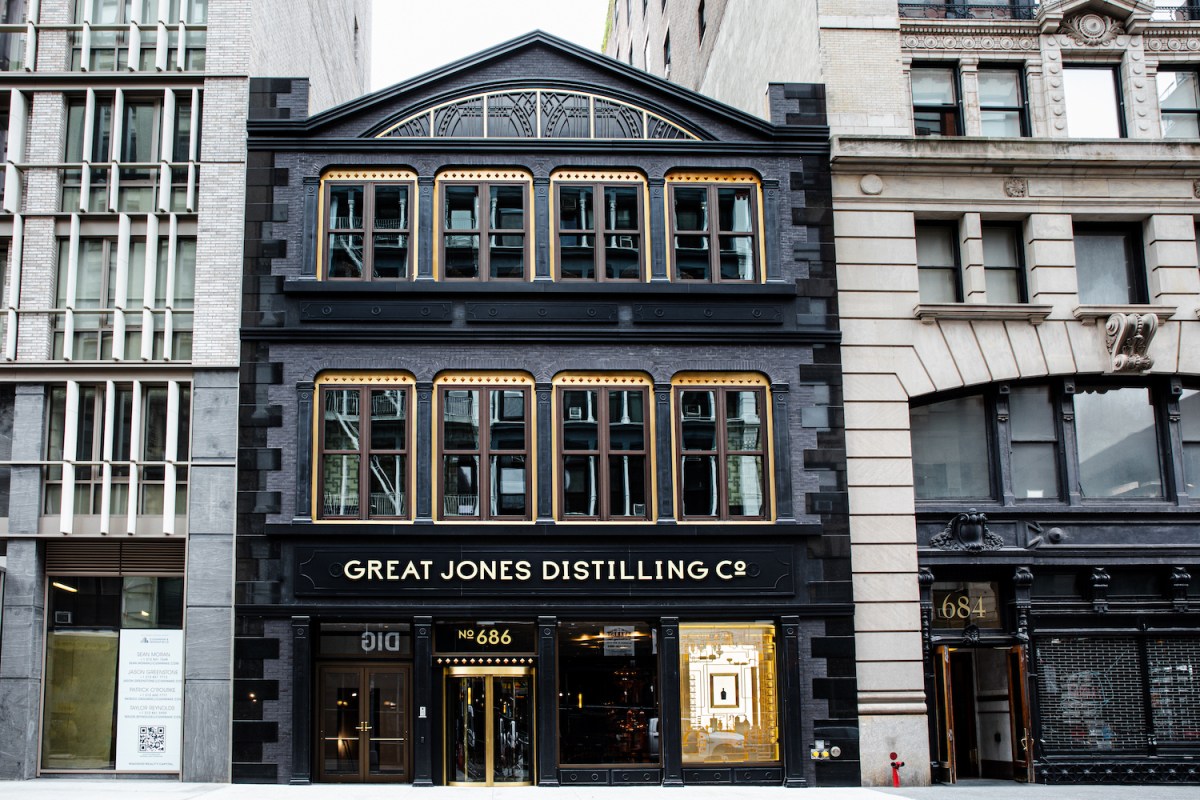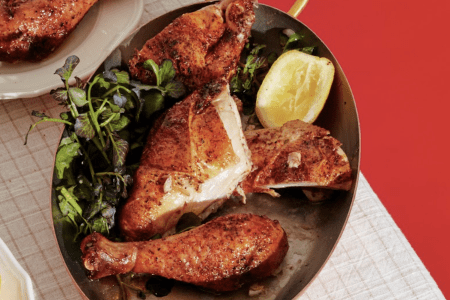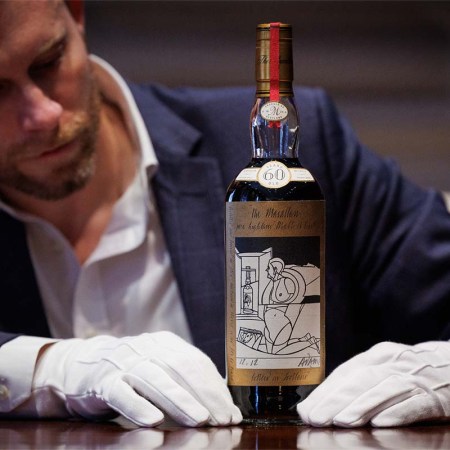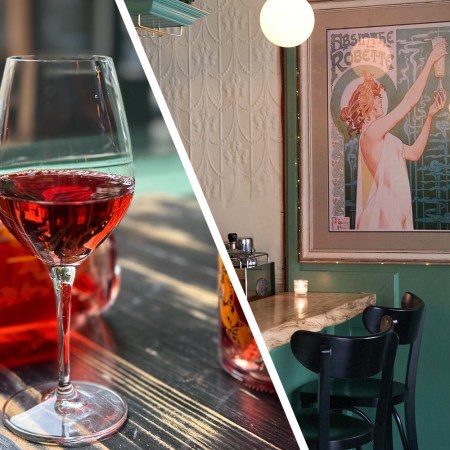There’s a good reason why we find spirits distilleries so interesting: more than just vast copper stills and barrel rooms leaking angel’s share, they present a full sensory experience that’s hard to beat. For history buffs and spirits enthusiasts alike, they also represent the past and future of a craft tied intrinsically to our nation’s memoir.
For an industry just hitting its stride in NYC, it might be surprising to learn that distilling in the city actually dates all the way back to the colonial era when Dutch settlers established the first commercial distillery on what is now Staten Island in the 17th century. At the time, the settlers of New Amsterdam were distilling their own iterations of Dutch genever, a grain-based gin. It wasn’t until the 19th century, though, that whiskey shot to national prominence. The repeal of the whiskey tax in 1802 thrust us into the Golden Age of New York distilling, with hundreds of farm distilleries operating across the state. But that tricky Prohibition put a major halt on production in New York and the nation as a whole.
Once Prohibition ended, all legal distilleries were gone, and New York State distilling permits cost a whopping $65,000 until a law was passed that slashed the cost to only $1,500 for small-batch producers. Once that price went down to only $128 for a farm distillery license, New York City’s craft distilling renaissance truly began. While there are excellent distilleries all across the state, you don’t have to travel far to see New York’s spirit makers in action. This complete guide to distilleries covers both the facilities and tasting rooms you can visit, along with the locally-made spirits you’ll find at your liquor store.
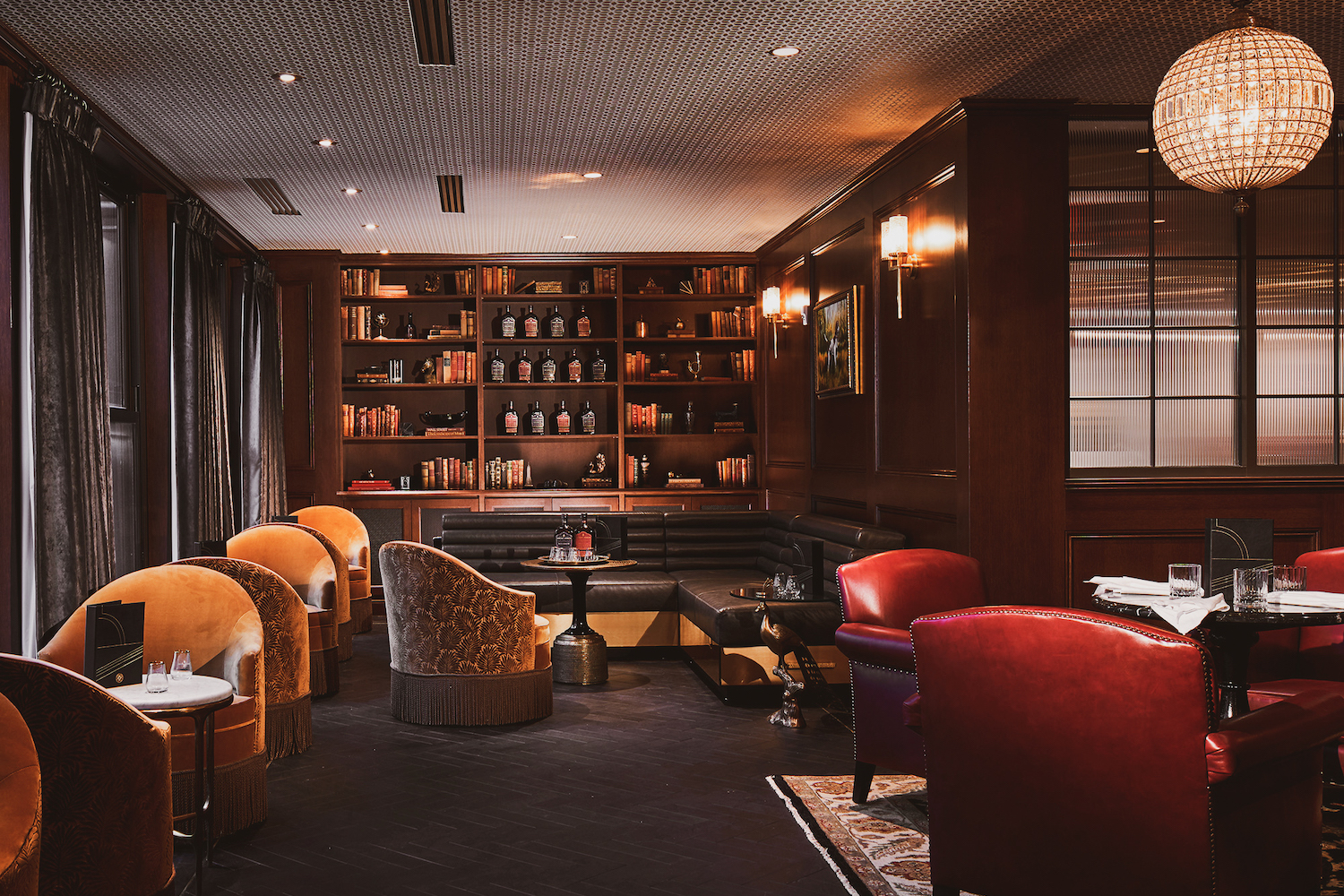
The Return of Whiskey to Manhattan
“Before Prohibition, there were thought to be hundreds of distilleries in New York,” says Great Jones Distilling Co. Senior Marketing & Sales Manager Andrew Abliegese. “Because of a lack of proper bookkeeping back in those days, it’s unclear exactly how many there were. Prohibition wiped all these distilleries off the map. We wanted to create a whiskey that would truly represent not just New York State and all the beautiful grain we have here but also the magic of the five boroughs. To do justice to that ambition, we decided we had to bring that craft of distilling right back into the heart of Manhattan.”
And what a decision that was. A full century after the last whiskey distillery in Manhattan shuttered its doors, another had finally dared to open. That was just a few years ago in 2021, when Great Jones Distilling brought bourbon and rye to SoHo. Operating in a decades-old space that once housed Manhattan’s first typewriter factory, Great Jones is now a glamorous and incomprehensibly spacious landmark in the city. It features not only an on-site distillery and tasting room but also a speakeasy and multiple event spaces.
Though it’s now well-established, Abliegese isn’t shy about what it took to navigate the complex policies, restrictions and fees that were encountered while bringing Great Jones to life. First and foremost, they had to work with a sister distillery in Upstate New York, Black Dirt Distillery, to begin producing and aging the whiskey they would eventually bring to the city. After a 16-month search for the space (there are very specific manufacturing zones in which NYC distilleries can establish themselves) and a lengthy build-out process, Abliegese says it was worth the wait.
“Having a fully functional distillery on the second floor in Manhattan comes with a lot of challenges that fortunately have turned into positives,” he says. “Getting raw materials in and the finished product out poses several logistical challenges that we have successfully overcome, and the nature of our small-batch, high-end craft whiskey lends itself to a more controlled and quality distilling operation. Even with all the challenges, our team of seasoned and skilled distillers is producing one of the best New York State whiskeys.”
Today, Great Jones produces four whiskies, including two distillery exclusives, which visitors can witness the creation of via a distillery tour before sitting down for a bespoke cocktail at their Tasting Room Bar. While Great Jones is currently the only operating whiskey distillery in Manhattan, across the bridge in Brooklyn there is no dearth of fantastic craft whiskey distilleries, many of which are specifically paying homage to the Empire State through their own iterations of rye.
The Standard Grill’s Original “Million Dollar Chicken” Is Back. Here’s How to Make It.
Chef Dan Silverman is back at The Standard in NYC after a decade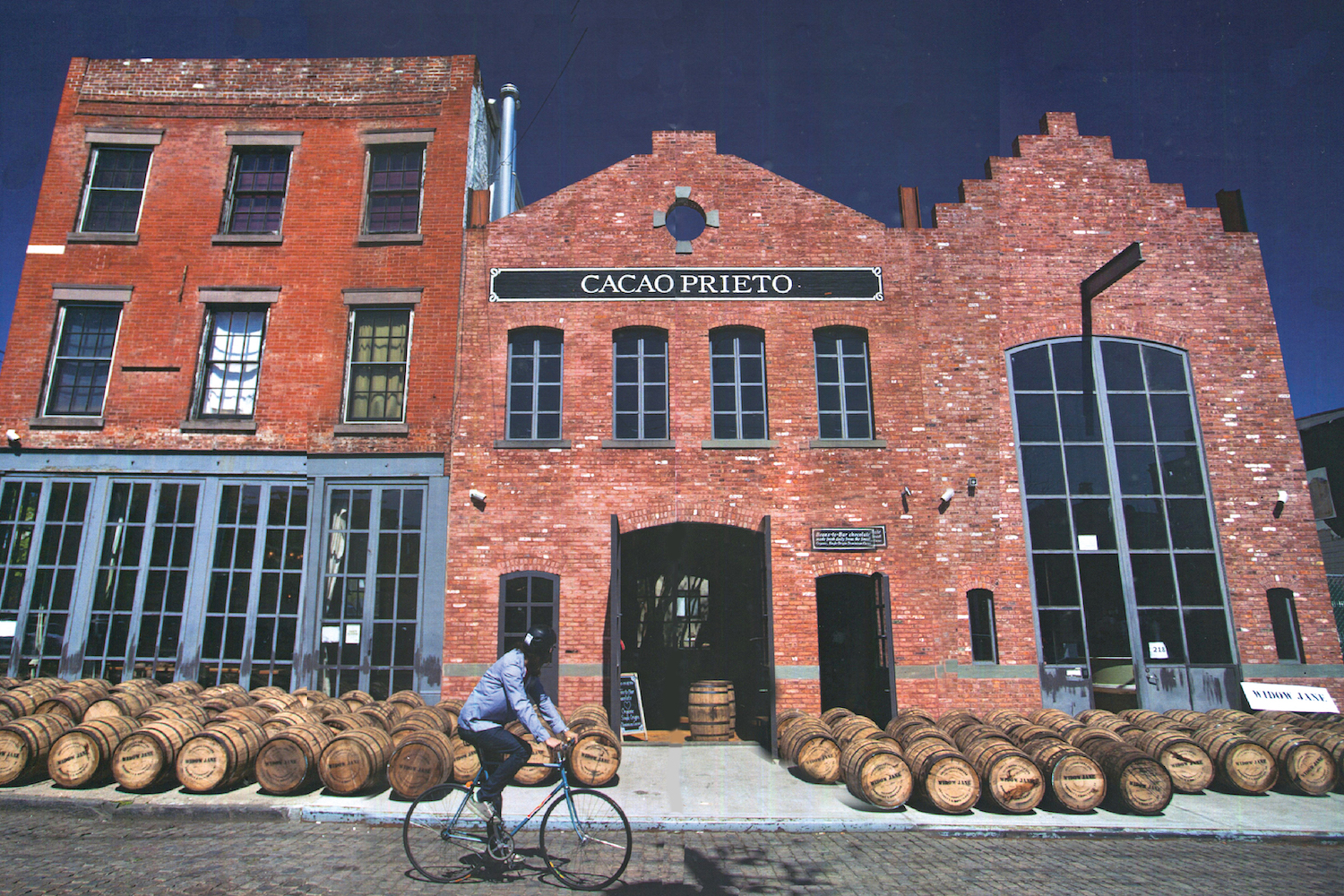
An Emphasis on New York Rye
It’s bourbon that seems to get all the shine these days, but put it out of your mind just for a moment, as it’s actually rye that deserves the title of the original American whiskey. In fact, it was the early popularity of rye whiskey, once produced by settlers in Pennsylvania, New York and all around the Mid-Atlantic, that prompted the institution of the country’s first-ever federal excise tax and the years-long Whiskey Rebellion in response.
Between the events of the Whiskey Rebellion and Prohibition (though at that point it was bourbon that had been thrust before consumers over rye), much of U.S. distillery culture, its recipes and practices were lost. Today, they are finally coming back to life in Brooklyn.
“We are treating our rye program like our beloved bourbons, exploring the unique attributes of each liquid that goes into the blend and layering the characteristics into a multifaceted gem of rye flavor; all at once sweet, spicy and fruit forward,” says Sienna Jevremov, Widow Jane’s head distiller and blender. “We represent New York by including Empire Rye whiskey as an important component of our rye whiskey blends.”
A quickly growing category that recently received federal acknowledgement, Empire Rye was established in 2015 by a group of six New York distillers whose goal was to revive and respect the tradition of producing rye whiskey in the state using local grain. Along with several other strict qualifications, Empire Rye must be distilled using a minimum of 75% New York rye in the mash bill.
Widow Jane’s inclusion of Empire Rye in their blends is demonstrative of a wider trend among Brooklyn whiskey distilleries, as the number of its producers has grown to more than 20. To try their rye blends and award-winning bourbons, you can pay Widow Jane a visit for either a private or public tour, or stop by their cocktail bar, Botanica, for a tasting or tipple.
A pioneer in more ways than one, Kings County Distillery was not only the first whiskey distillery to open post-Prohibition in 2010, but also a founding member of the Empire Rye Whiskey Association. Their rustic, charming tasting room in the Gatehouses at Brooklyn Navy Yard is the best place to taste their rye (which has taken home Double Gold from the San Francisco World Spirits Competition) and other flagship and limited-release whiskies. Distillery tours and tastings are also available and perfect for anyone interested in learning more about the history of whiskey production in New York.
Other notable whiskey distilleries in Brooklyn offering tours and tastings include the Van Brunt Stillhouse in Red Hook, where you can reserve a spot for a Saturday walk-through that also includes a tasting of five whiskies. In Industry City, there are several options for imbibing (including Brooklyn’s first-ever sake brewery, Brooklyn Kura), but you can’t miss a visit to Standard Wormwood, which pays homage to the controversial ingredient (also used in absinthe) that imbues their whiskies with a uniquely savory, herbaceous taste. Stop by for a cocktail or tasting, though tours are not currently offered.
Fort Hamilton Distillery, also in Industry City, is named for the historic Brooklyn site. There, pre-Prohibition style Empire Rye is a focus, but they also produce their own gin. Their robust cocktail program is not something to cough at, and they offer a rye-focused tour that includes the chance to bottle your own whiskey.
NYC Spirits for Purchase
Many of the best NYC distilleries unfortunately don’t offer tours or tastings, but that’s not a reason to not give them a try. Owney’s, formerly the Noble Experiment, creates a New York City-distilled rum, and Greenhook Ginsmiths in Greenpoint has been producing a beloved American-style gin since its 2012 inception. New York Distilling Company is currently on the move from Williamsburg to Bushwick, with a distillery and tasting room to open upon completion. But their iconic Dorothy Parker Gin and Ragtime Rye can still be found in bars around the city.
Manhattan’s first vodka distillery since Prohibition, Our/New York, is also worth a visit for non-whiskey drinkers who want a taste of what the city has to distill. They don’t offer tours at their location on West 26th Street, but their cocktail bar is an unabashed love letter to the city, with the spotlight on their signature vodka and an NYC-inspired toile on the walls.
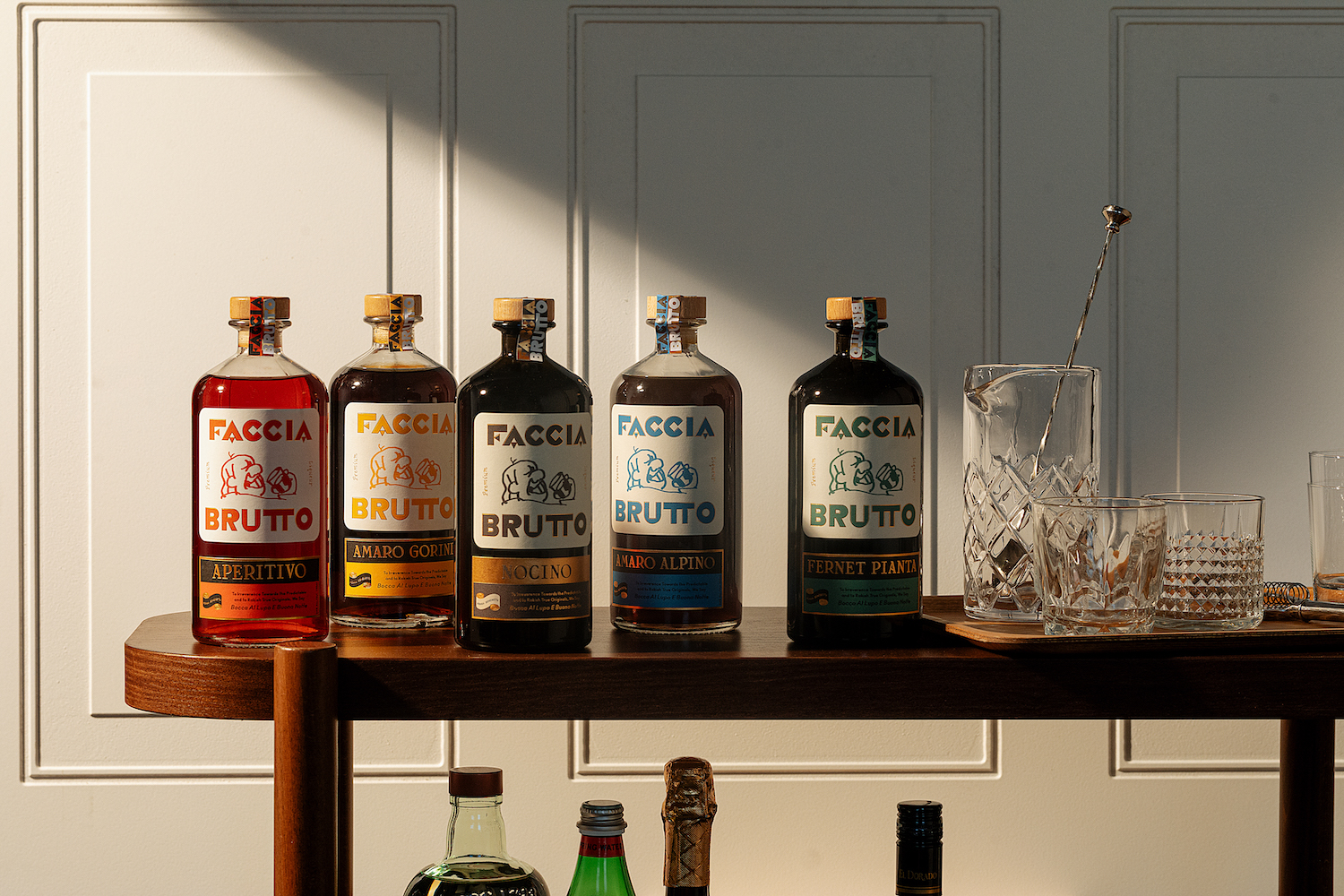
Aperitivi and Amari Bring Italy to Brooklyn
Stills around Brooklyn haven’t just been firing up the usual cast of characters — there’s been a growing emphasis on the art of aperitivi and amari. It makes sense that the creatively-minded borough would become a playground for eager distillers looking to hone in on a whole new world of American craft, inspired by centuries of Italian iteration.
“The best part about the New York distilling scene is the creative people trying new methods and flavors, pushing the whole scene to the forefront,” says Patrick Miller, owner and distiller at Faccia Brutto. A former chef at Per Se with more than a decade of experience in the culinary world, Miller accidentally started his journey to launching Faccia Brutto when he created homemade bitters as a holiday gift. Needless to say, his brand is all about experimentation.
“Personally, we are about to use two Oloroso sherry barrels to make a single batch of one of our amari that we will solera age and let it become more interesting and complex as it ages,” Miller says. He plans on opening a tasting room next summer “where people can come and try our products and get a snack, too. For now, local bars in Brooklyn where you can find us are Grand Army, Eavesdrop, Cozy Royale, The Richardson, Diner and Cardiff Giant, but we could go on forever.”
Faccia Brutto is far from the only amaro distillery in Brooklyn having fun with the category. St. Agrestis, the first amaro producer in the borough, is perhaps known best for their “Phony Negroni,” a nonalcoholic nod to the classic cocktail. But they also produce their own well-received Inferno Bitter Aperitivo.
“In the early days, folks in even the most sophisticated NYC neighborhood weren’t familiar with amaro,” says co-owner Louis Catizone. “I probably poured thousands of people their first amaro doing in-store tastings at wine and spirits shops around the city. It wasn’t long before the excitement and knowledge started to increase and multiply — it was contagious in neighborhoods across the city but particularly in Brooklyn. I think Brooklyn has been the first adopter of many European rituals, and aperitivi and amari are no exception.”
Forthave Spirits, whose distillery is right on the edge of Bed-Stuy and South Williamsburg, places an emphasis on using only plant-based ingredients and raw sweetener from Upstate New York in their spirits. Their unique (and aesthetically minded) amaro and aperitivo lineup can be found around Brooklyn in bars, restaurants and local shops like Leon & Son in Clinton Hill.
“NYC distillers have always been a bit ahead of the trends, sometimes even too ahead of them,” Catizone says. “From gins to whiskies to aperitivi and amari, the drinking culture of NYC allows distillers here to push the boundaries of what a distillery can produce while still being able to run a healthy business.”
Every Thursday, our resident experts see to it that you’re up to date on the latest from the world of drinks. Trend reports, bottle reviews, cocktail recipes and more. Sign up for THE SPILL now.
